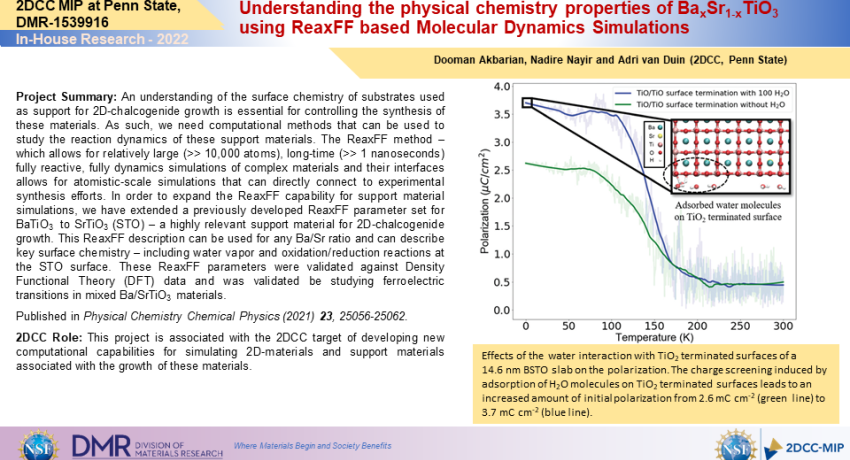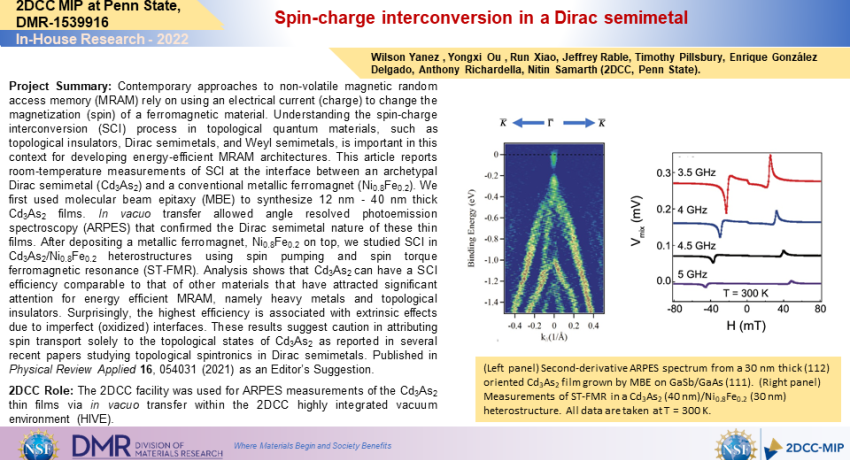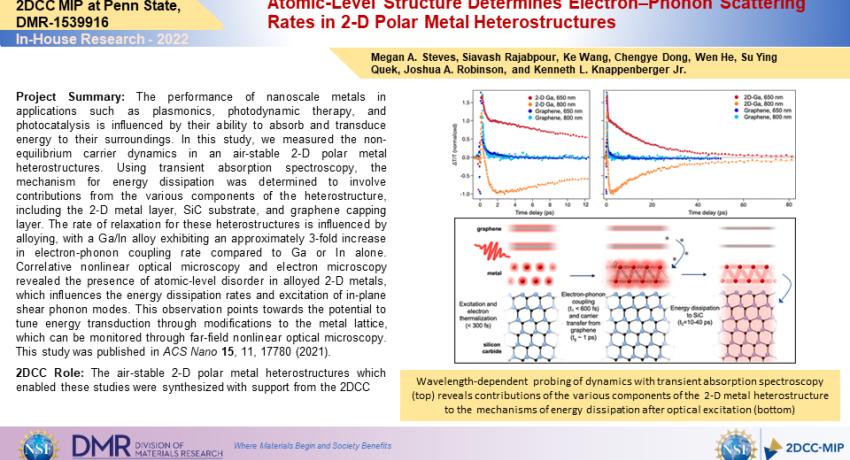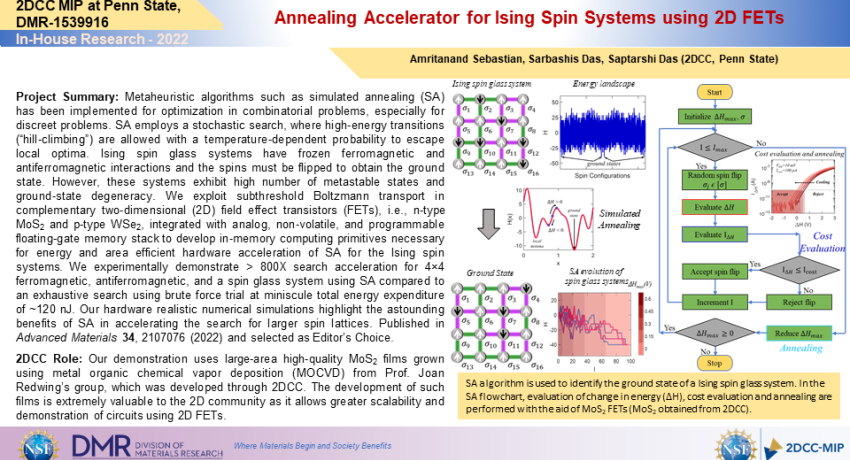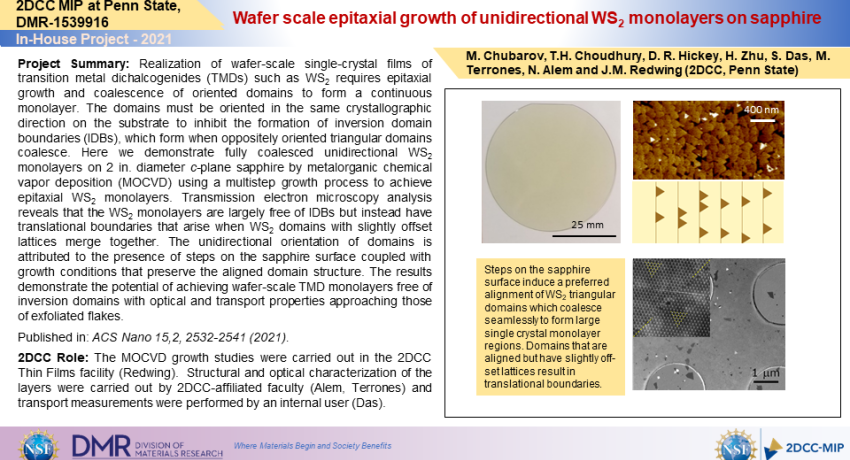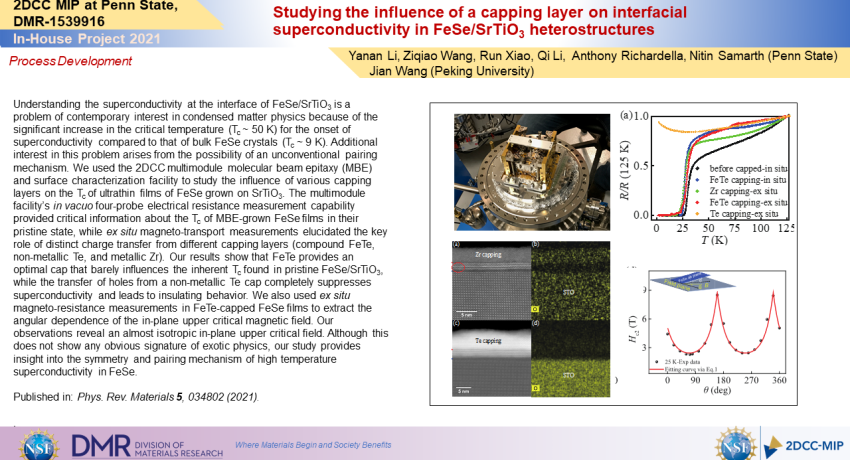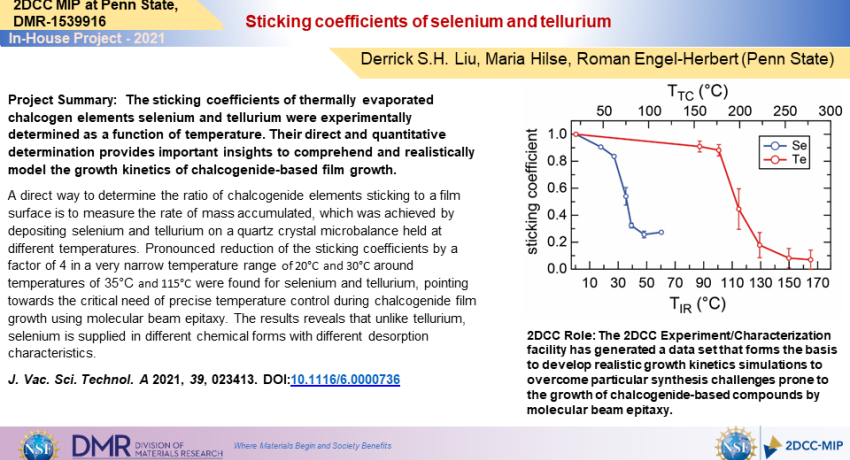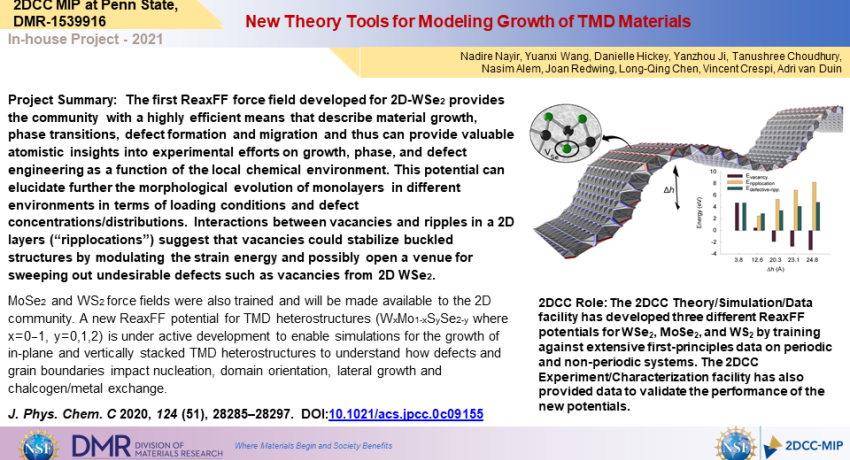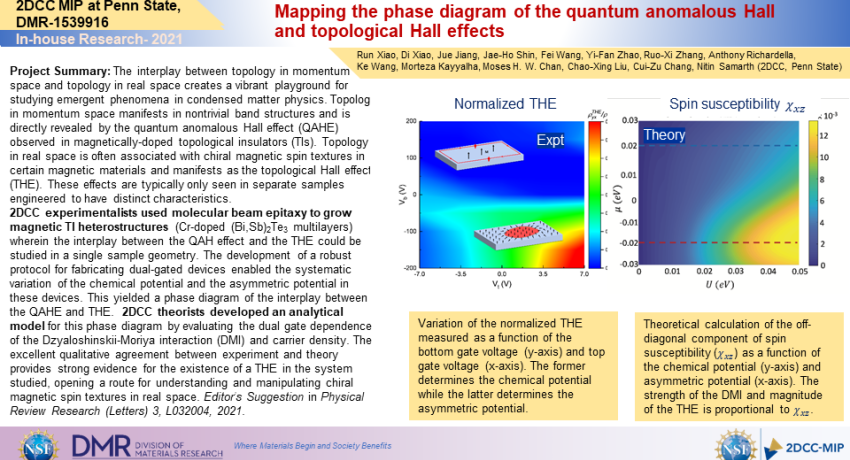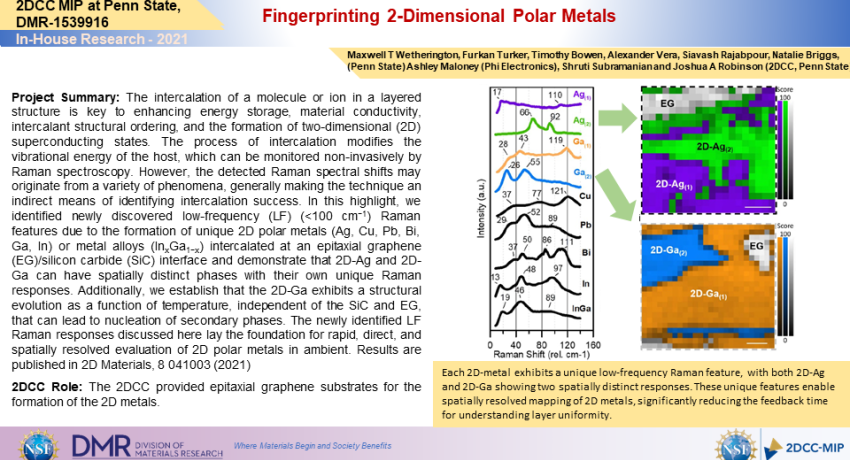Understanding the physical chemistry properties of BaxSr1-xTiO3 using ReaxFF based Molecular Dynamics Simulations
Project Summary: An understanding of the surface chemistry of substrates used as support for 2D-chalcogenide growth is essential for controlling the synthesis of these materials. As such, we need computational methods that can be used to study the reaction dynamics of these support materials.

